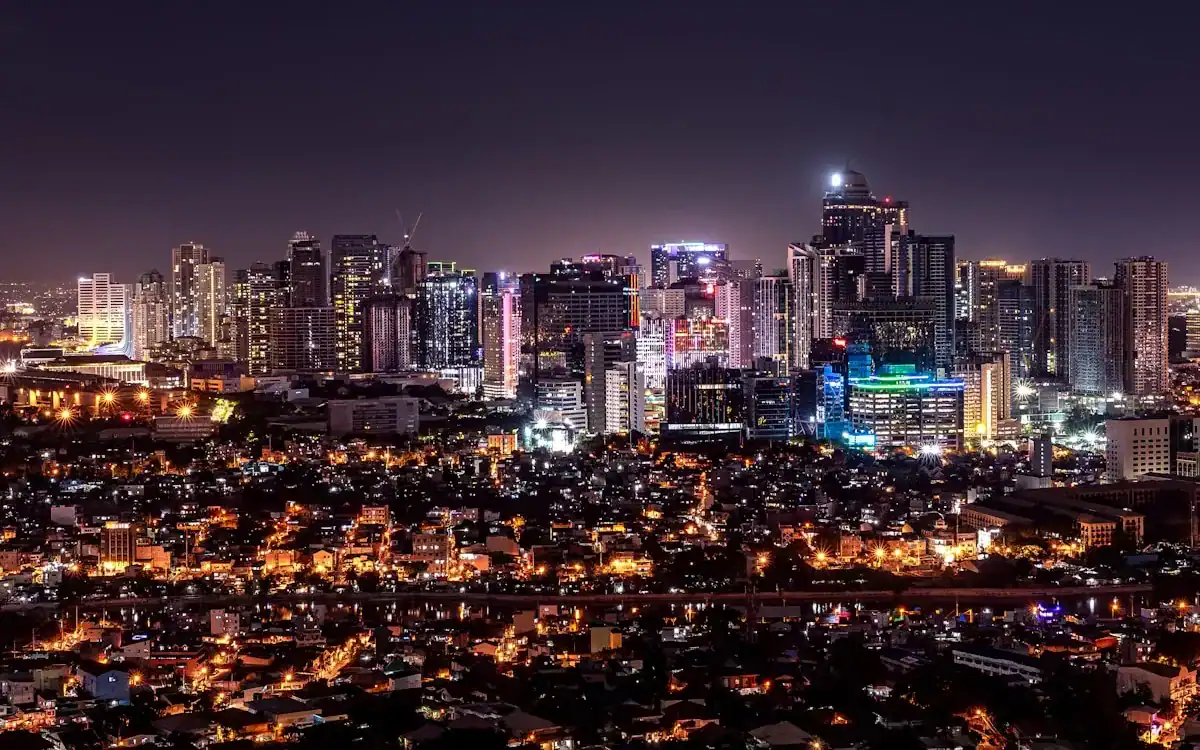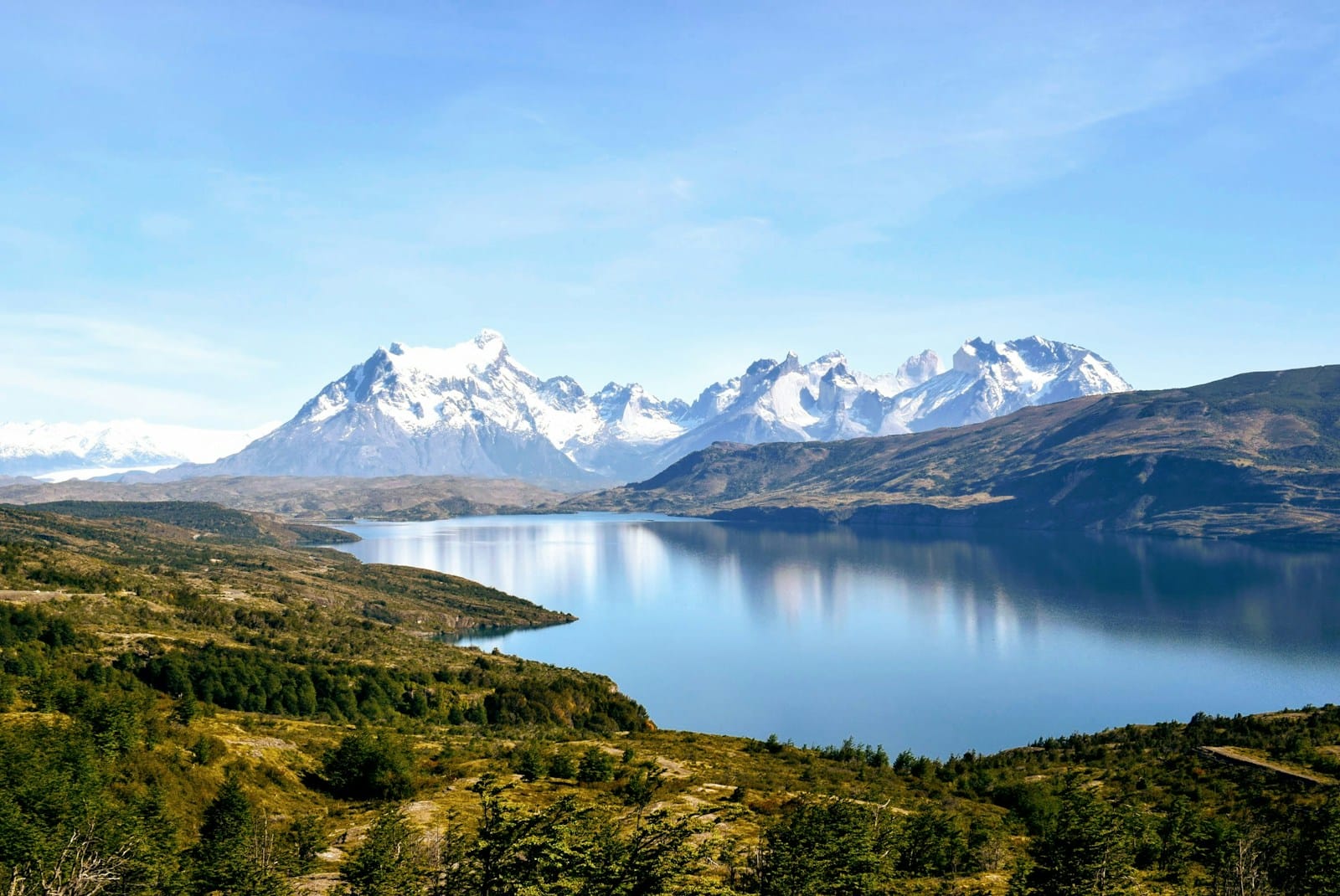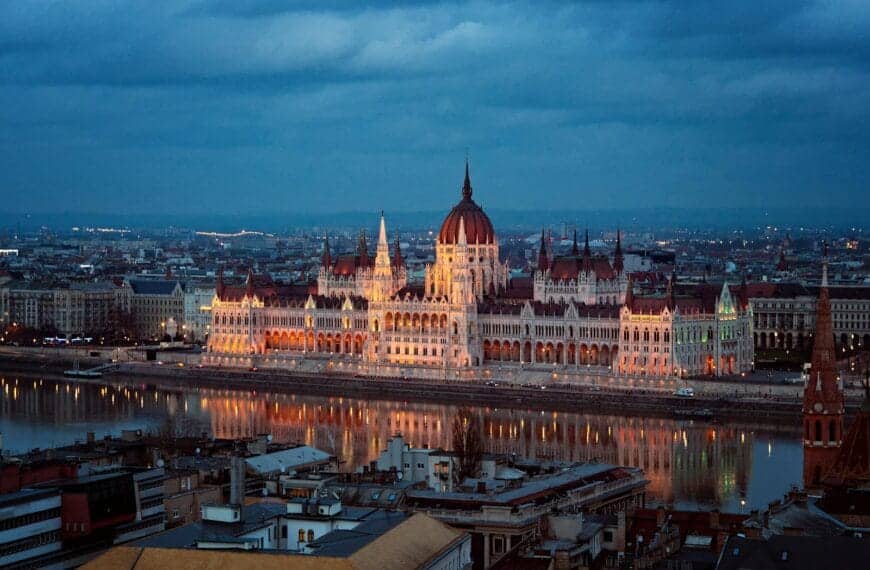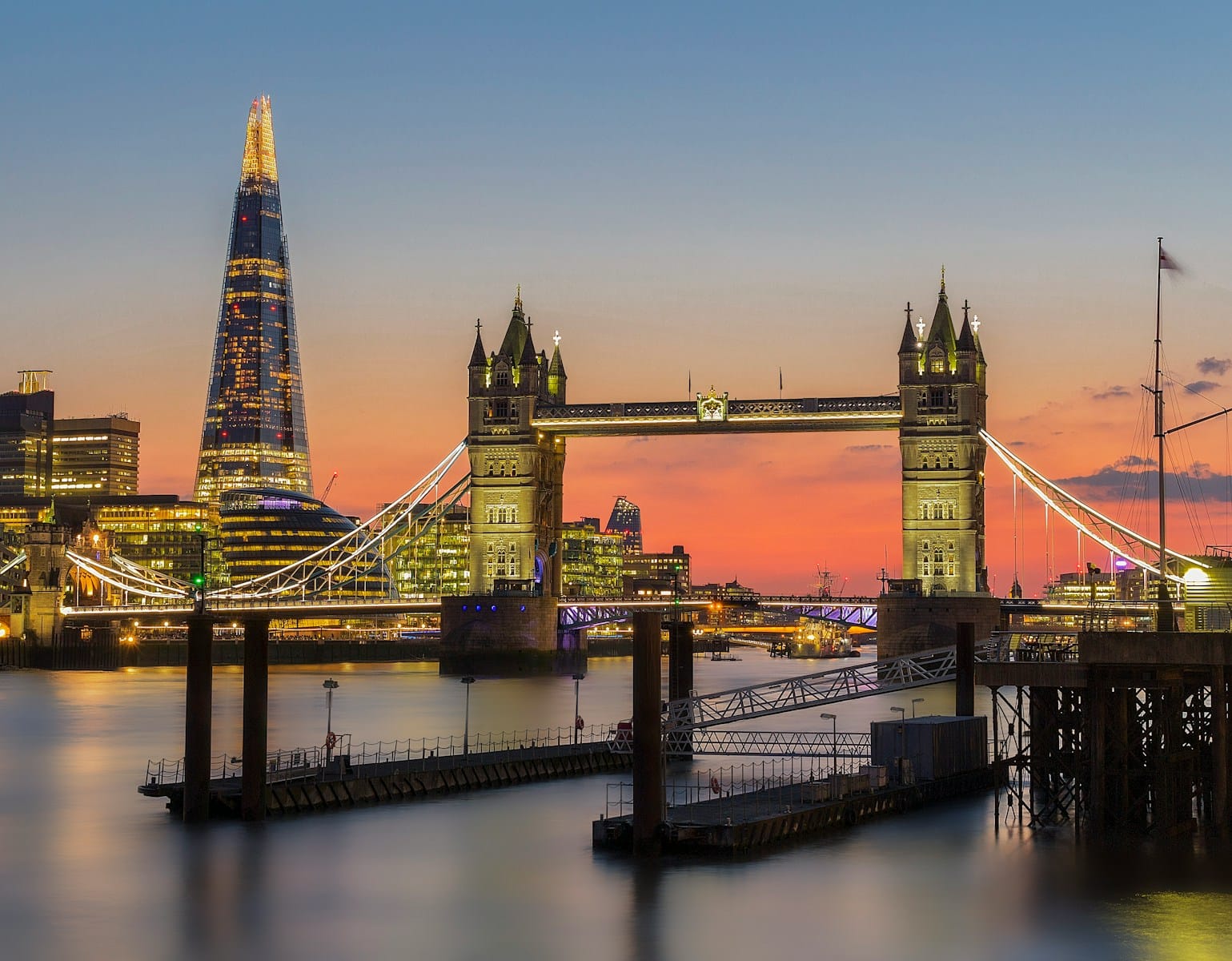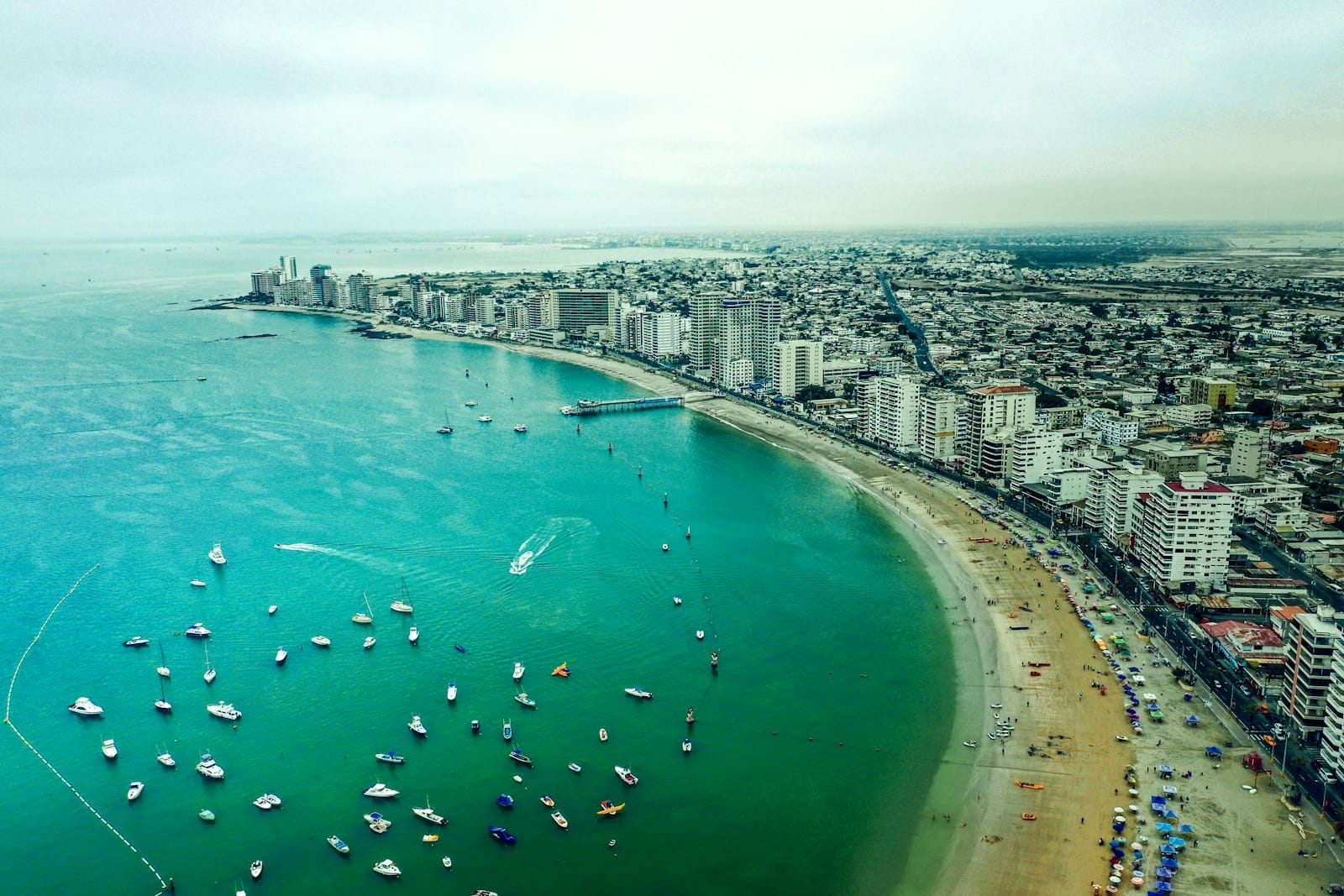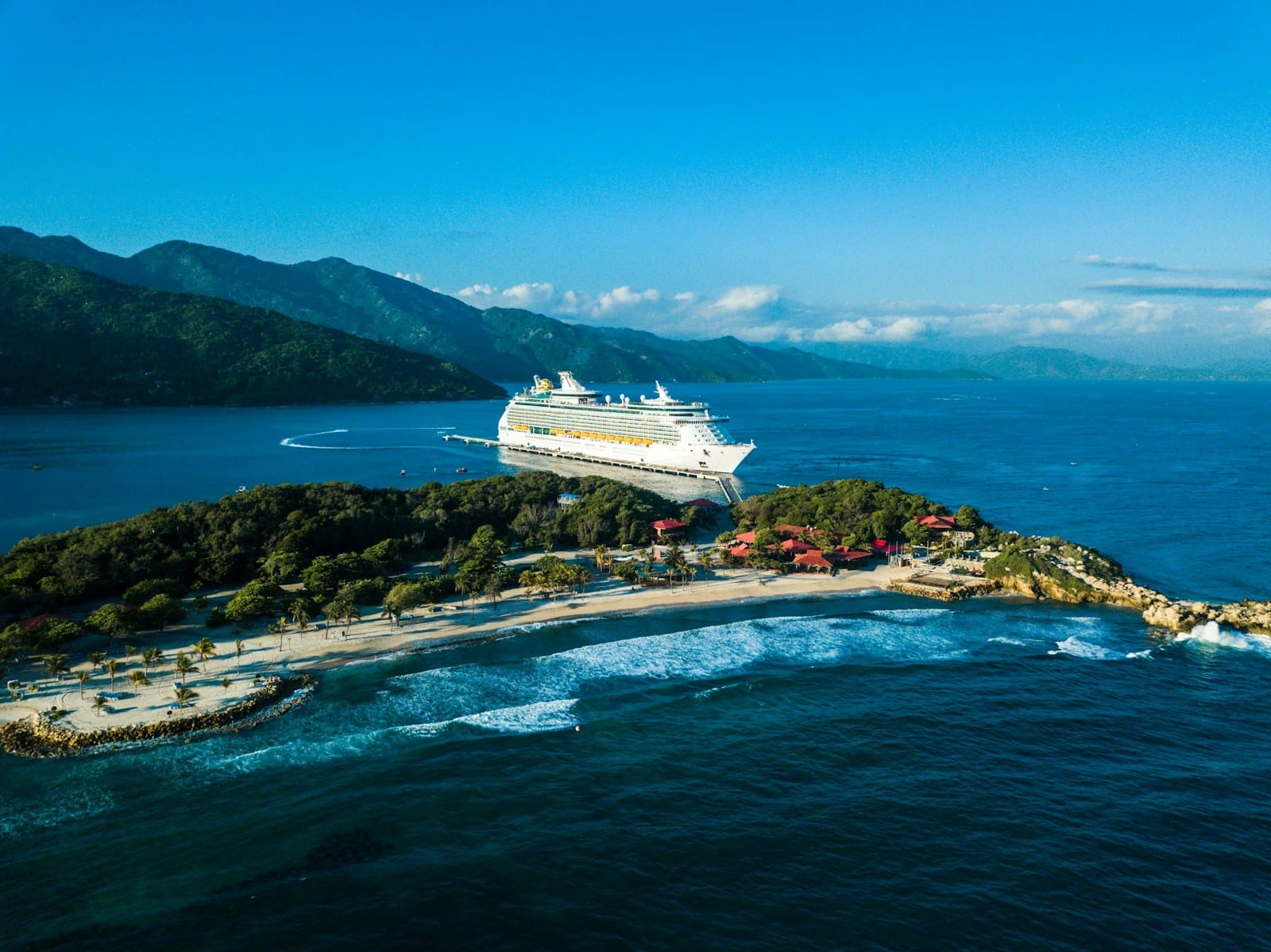Manila Travel Guide – History, Culture, and Modern Energy
Intro to Manila Travel Guide
Manila, the vibrant capital of the Philippines, is a city of juxtapositions: Spanish-era walls stand beside glass towers, bustling markets share space with luxury malls, and jeepneys weave through streets filled with art, music, and life. Often seen as a transit point, Manila deserves more than just a stopover. This Manila travel guide reveals a capital where heritage, creativity, and resilience shine — from Intramuros’ cobblestone streets to Binondo’s legendary food scene and the bay’s golden sunsets.
What to See in Manila
Binondo (Chinatown) | Cultural Center of the Philippines | Fort Santiago | Intramuros | Manila Baywalk | Manila Cathedral | National Museum Complex | Paco Park | Quiapo Church | Rizal Park (Luneta) | Roxas Boulevard | San Agustin Church | Star City | University of Santo Tomas | Venice Grand Canal Mall
💡Quick Facts:
Destination: Manila
Continent: Asia
Country: Philippines
Region: National Capital Region (Metro Manila)
Area: ~42.9 km² (16.6 mi²) — city proper; Metro Manila ~619 km²
Population: ~1.8 million (city, 2020 census); ~13.5 million Metro Manila
Density: ~42,000/km² (one of the highest in the world)
Capital: Manila is the capital of the Philippines
Official Languages: Filipino, English; Tagalog widely spoken
Currency: Philippine Peso (PHP, ₱)
Time Zone: Philippine Time (PHT, UTC+8)
Airports: Ninoy Aquino International Airport (MNL – main), Clark International Airport (CRK, ~2 hrs north)
Climate: Tropical monsoon — hot, humid, with a distinct wet and dry season
Known For: Intramuros, Rizal Park, Binondo (world’s oldest Chinatown), Manila Bay sunsets, National Museum
Religion: Predominantly Roman Catholic, with Christian and Muslim minorities
🛂Arrival Info:
Entry Requirements: Philippines entry rules apply — visa-free up to 30 days for many nationalities; others require e-visa or visa on arrival. Philippines Immigration
Customs Restrictions: Standard duty-free limits on alcohol/tobacco; restrictions on medications, food, and wildlife products.
Ports of Entry: Manila International Airport (MNL) is main entry; ferries dock at Manila North Harbor.
Entry/Exit Fees: Airport terminal fees are included in tickets.
🏥Health Info:
Vaccines: Routine plus Hepatitis A, Typhoid, and Tetanus recommended.
Healthcare: Top hospitals include St. Luke’s, Makati Medical Center, and Philippine General Hospital.
Emergency Care: Dial 911 nationwide.
Tap Water: Not recommended for drinking; bottled or filtered advised.
Insurance: Strongly recommended due to high costs in private hospitals.
🚑 Check travel insurance options for travel emergencies, delays, and medical needs abroad — Get coverage here
💉 Stay Informed with Official Updates: WHO – International Travel & Health | CDC – Travel health updates
🚨Travel Advisory:
Overall Safety: Manila is lively but urban crime exists; exercise caution.
Crime: Pickpocketing, bag snatching, and taxi scams occur in crowded areas and nightlife districts.
Scams: Overcharging taxis, fake tour operators, “money changing” frauds in side streets.
Weather Risks: Heavy monsoon rains and flooding (Jun–Oct); typhoons may disrupt flights and ferries.
Political/Demonstrations: Protests sometimes occur near government sites; usually peaceful but can disrupt traffic.
🌍Track Real-Time Official Updates: US Travel Advisory | UK Foreign Travel Advice | Government of Canada | NZ SafeTravel
🥳Holidays:
New Year’s Day – Jan 1
Independence Day – Jun 12
Rizal Day – Dec 30
Christmas Day – Dec 25
Holy Week (Maundy Thursday, Good Friday – movable)
Feast of the Black Nazarene (Jan 9, Manila-specific)
💰Visitor Info:
Currency & Payments: PHP; ATMs and banks widely available, cash still common in markets.
Tipping: 5–10% in restaurants; service charge often included.
Tourist Taxes: None specific to Manila.
Costs: Coffee ₱100–150, LRT fare ₱15–30, budget meal ₱150–250.
🛫Airports:
MNL – Ninoy Aquino International Airport: Main international gateway, 4 terminals.
CRK – Clark International Airport (Pampanga): Alternative hub, 2 hrs away, used by low-cost carriers.
Domestic Links: Flights connect Manila to Cebu, Davao, Palawan, Boracay, Siargao, and beyond.
🧳 Delayed or canceled flight? Check if you’re eligible for compensation
🚍Transport:
Local Transit: Jeepneys, LRT/MRT trains, buses, taxis, Grab ride-hailing.
Traffic: Congestion is heavy, especially rush hours (7–10am, 5–9pm).
Inter-Island: Manila North Harbor has ferries to Visayas and Mindanao.
Driving: Right-hand traffic; not recommended for tourists due to congestion.
🚗 Book reliable airport transfers and in-city rides in advance. Reserve your ride here
🛰️Connectivity:
SIM/eSIM: Globe, Smart.
Coverage: Strong 4G/5G in Metro Manila.
Wi-Fi: Widespread in malls, hotels, and cafes.
Power: 220V, 60Hz, Type A/B/C plugs.
🛜 Stay connected abroad with affordable eSIM data packs. Get your eSIM here
📜Laws & Etiquette:
Alcohol: Legal age 18; bars/clubs widespread.
Drugs: Strict penalties for possession/use.
Dress Codes: Casual; modest dress for churches.
Etiquette: Greet with smiles; respect religious traditions.
Environment: Anti-smoking zones in public spaces strictly enforced.
👮Emergency Info:
Emergency: 911
Tourism Info: Philippines Tourism
Hospitals: St. Luke’s, Makati Medical Center, PGH (major hospitals).
🗺️US/UK Embassies Abroad: US Embassies | UK Embassies
🏛️ Embassy locator tools: Embassies Worldwide
🌞Weather:
Climate: Tropical monsoon; hot and humid.
Dry Season: Nov–May; peak tourist months Dec–Feb.
Wet Season: Jun–Oct; heavy rains, flooding, and typhoons possible.
Temperature: 25–34°C (77–93°F) year-round.
Rainfall: ~2,000 mm annually, heaviest Jul–Sep.
Forecasts: PAGASA
🌦️ Stay prepared—check the weather forecast for your destination — Weather Forecast
Exploring Manila by Area
Intramuros
The historic walled city, built during Spanish colonial times, is Manila’s most iconic district. Its cobblestone streets, centuries-old churches, and Fort Santiago offer a glimpse into the country’s colonial past.
Binondo
Recognized as the world’s oldest Chinatown, Binondo is a food haven where dim sum, noodle shops, and heritage temples coexist. Walking tours here uncover centuries of trade and cultural blending.
Ermita & Malate
These bayside neighborhoods combine cultural landmarks like the National Museum with a lively nightlife scene, bars, and backpacker hostels.
Makati
Manila’s financial district doubles as a cosmopolitan hub for dining, shopping, and nightlife. Ayala Museum is a cultural highlight, while rooftop bars light up the skyline.
Bonifacio Global City (BGC)
A modern district with street art, world-class dining, and shopping centers. BGC’s clean, walkable design contrasts with older Manila districts.
Quezon City
Once the country’s capital, Quezon City is a mix of universities, nightlife hubs like Tomas Morato, and cultural sites such as Quezon Memorial Circle.
Can’t-Miss Sights in Manila
Cultural & Historic Icons
- Intramuros & Fort Santiago: A Spanish-era citadel with exhibits on national hero José Rizal.
- San Agustin Church: A UNESCO World Heritage baroque church dating back to 1607.
- National Museum Complex: Includes the Museum of Fine Arts, Anthropology, and Natural History.
Family Favorites
- Manila Ocean Park: An oceanarium with walk-through tunnels, perfect for families.
- Rizal Park (Luneta): A sprawling urban park with monuments, fountains, and cultural shows.
Natural Escapes in and Around Manila
Manila Bay Sunset
One of the city’s most famous natural spectacles, best viewed along Roxas Boulevard or from a sunset cruise.
La Mesa Eco Park
A green lung in Quezon City, offering hiking trails, butterfly gardens, and boating.
Tagaytay (Day Trip)
Just 2 hours from Manila, Tagaytay offers cool air, Taal Volcano views, and lakeside dining.
Corregidor Island
A historic island fortress accessible by ferry, filled with WWII relics and memorials.
Must-See Experiences in Manila
- Walking Intramuros: Take a guided tour with a local historian for immersive storytelling.
- Food Crawl in Binondo: Dumplings, lumpia, and hopia pastries showcase Manila’s culinary fusion.
- Jeepney Ride: A colorful and affordable way to experience Manila’s rhythm.
- Mall Culture: Visit SM Mall of Asia or Greenbelt — shopping here doubles as social and dining experiences.
- Nightlife in Makati or BGC: Rooftop bars and clubs make Manila a top nightlife destination.
Trusted operators run flexible Manila tours covering history, nightlife, and food — the perfect complement to the top things to do in Manila. We may earn a commission if you book through our links — at no extra cost to you.
- Escolta Street: A historic business district with art-deco buildings now repurposed into cafés and galleries.
- Paco Park: A circular garden cemetery turned urban retreat with classical concerts.
- Museo Pambata: An interactive children’s museum along Roxas Boulevard.
- Art Underground QC: A contemporary art hub featuring young Filipino artists.
Cultural & Historic Highlights of Manila
- Rizal Shrine (Fort Santiago): Preserves artifacts of national hero José Rizal.
- Quiapo Church: Home to the Black Nazarene, a major pilgrimage site.
- Cultural Center of the Philippines (CCP): Venue for ballet, opera, and theater.
- Philippine National Library: A historical institution preserving archives and rare books.
Eating Your Way Through Manila
- Adobo & Kare-Kare: Classic Filipino dishes found in traditional eateries.
- Halo-Halo: A colorful shaved ice dessert perfect for Manila’s heat.
- Binondo Eats: Pancit (noodles), siopao (buns), and tikoy (sticky rice cake).
- Street Food: Isaw (grilled chicken intestines), kwek-kwek (fried quail eggs), and fish balls.
- Upscale Dining: Restaurants in Makati and BGC highlight modern Filipino and global cuisine.
Nightlife and Events in Manila
- Poblacion (Makati): A hip neighborhood filled with speakeasies, bars, and food stalls.
- BGC Clubs: Modern clubs with international DJs and stylish crowds.
- Cultural Nights at CCP: Classical music, folk dances, and contemporary performances.
- Fiestas: Manila celebrates events like Feast of the Black Nazarene (January) and Flores de Mayo (May).
Suggested Manila Travel Itinerary Ideas
3 Days in Manila
- Day 1: Walk Intramuros, visit San Agustin Church, and explore Rizal Park.
- Day 2: Take a Binondo food crawl and tour the National Museum Complex.
- Day 3: Relax at Manila Ocean Park and catch a Manila Bay sunset.
5 Days in Manila
- Day 1–3: Follow the 3-day itinerary.
- Day 4: Take a day trip to Tagaytay for Taal Volcano views.
- Day 5: Shop and dine in Makati or BGC, ending with rooftop cocktails.
7 Days in Manila
- Day 1–5: Follow the 5-day plan.
- Day 6: Visit Escolta Street’s art spaces and Paco Park.
- Day 7: Day trip to Corregidor Island for history and scenic views.
10 Days in Manila
- Day 1–7: Follow the 7-day itinerary.
- Day 8: Explore Quezon City’s La Mesa Eco Park and Art Underground.
- Day 9: Experience Quiapo Church and nearby markets.
- Day 10: End with leisure shopping at Mall of Asia and a final bay cruise.
Where to Base Yourself in Manila
- Intramuros & Ermita: For history buffs and first-time visitors.
- Makati: Ideal for nightlife, dining, and modern amenities.
- BGC: Best for business travelers and those seeking a cosmopolitan stay.
- Quezon City: Perfect for budget stays and student-friendly nightlife.
Insider Tips for Experiencing Manila Like a Local
- Avoid rush hours (7–9 AM, 5–8 PM) — traffic is intense.
- Use Grab app for safe and convenient transport.
- Try local jeepneys at least once, but hold onto your belongings.
- Carry small bills for markets and jeepney rides.
- Manila is warm year-round; dress light but modestly in religious sites.
- Jeepneys: Cheap, colorful rides for short distances.
- MRT/LRT Trains: Connect key districts, though crowded at peak times.
- Buses & Vans: Long-haul options across Metro Manila.
- Grab: The most reliable way for safe transport.
- Walking: Limited to certain areas like Intramuros, Makati, and BGC.
Best Time to Visit Manila
- December–February: Cooler, drier months, ideal for sightseeing.
- March–May: Hot summer season; city gets crowded before Holy Week holidays.
- June–October: Rainy season with possible flooding — travel with flexibility.
- January: The Feast of the Black Nazarene draws millions of devotees.
Planning Your Stay in Manila – Practical Tips
- Booking: Hotels fill quickly during holidays and festivals.
- Duration: 3–5 days cover highlights; longer stays allow side trips.
- Budgeting: Manila can be as affordable or upscale as you choose — from $3 street food to fine dining.
- Connectivity: Internet is reliable in hotels, cafés, and malls.
- Health: Stay hydrated; air quality can be hazy, so masks may help sensitive travelers.
Plan Smarter, Travel Better
Manila is more than a stopover — it’s a city layered with history, creativity, and modern energy. This Manila travel guide gives you the tools to explore confidently, from walled cities to rooftop bars.
Continuing Your Journey Beyond Manila
- Cebu: A central hub with heritage landmarks, canyoneering, and diving.
- Bohol: Chocolate Hills, tarsiers, and Panglao’s white-sand beaches.
- Boracay: Famous for White Beach and vibrant nightlife.
- Baguio: A cool mountain retreat with pine forests and festivals.
- Vigan: A UNESCO-listed town with cobblestone streets and Spanish colonial charm.
Final Tips for a Smart Manila Adventure
- Expect contrasts — luxury malls and bustling markets are side by side.
- Use air-conditioned cafés and malls as midday heat escapes.
- Street food is tasty but pick stalls with high turnover.
- Carry a power bank — phone use for Grab and maps is constant.
- Try to learn basic Tagalog phrases for smoother interactions.
- Safety is manageable: stay alert in crowded areas and avoid dark alleys at night.
- Plan day trips early to avoid traffic delays.
- Embrace Manila’s energy — it’s chaotic but rewarding.
It’s Time to Experience Manila
Manila is the Philippines in microcosm: vibrant, diverse, resilient, and endlessly surprising. This Manila travel guide equips you to uncover the capital’s past and present, from Intramuros’ walls to Binondo’s flavors and Makati’s nightlife.
Plan your visit today, and let Manila reveal its dynamic character.

